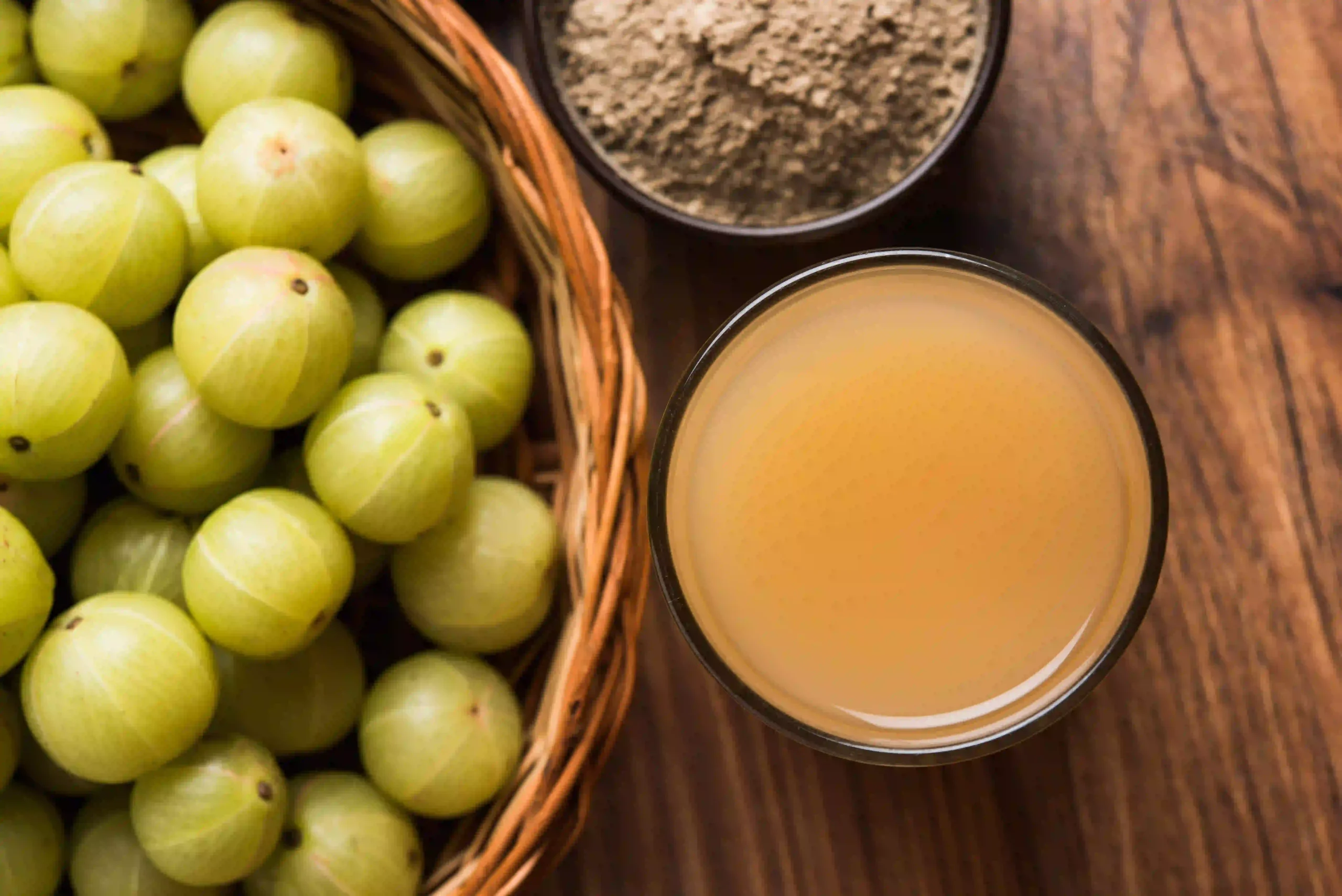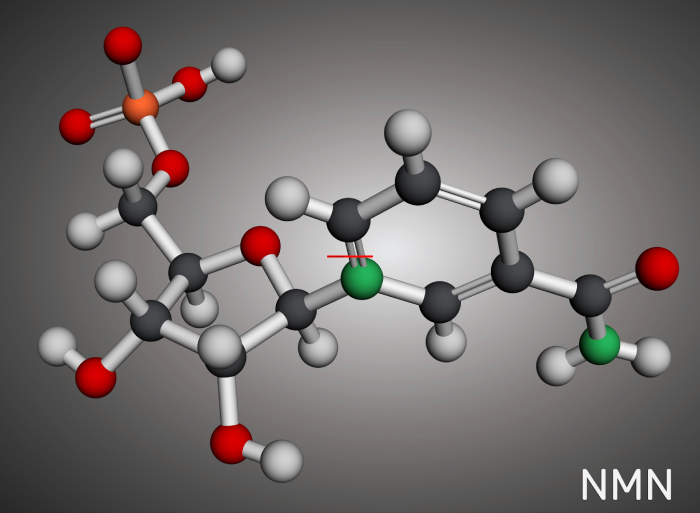Traditional Chinese Medicine Offers New Hope for Gum Disease
Astragali radix, a staple in traditional Chinese medicine, has shown potential in treating periodontitis. However, the exact mechanisms behind its effectiveness have remained elusive. A comprehensive study employing network pharmacology, molecular docking, molecular dynamics simulations, and in vitro experiments has shed light on the potential actions and mechanisms of Astragali radix in combating this common gum disease.
The research identified 17 compounds in Astragali radix, with Kaempferol being the most prevalent. These compounds correspond to 464 targets, from which five major active ingredients were selected based on their interactions with periodontitis genes. Further analysis using protein-protein interaction (PPI) networks revealed ten core potential targets, seven of which had suitable crystal structures for molecular docking.
These key targets include interleukin-6 (IL6), tumor necrosis factor (TNF), AKT serine/threonine kinase 1 (AKT1), interleukin-1β (IL1β), prostaglandin G/H synthase-2 (PTGS2), matrix metalloproteinase-9 (MMP9), and caspase-3 (CASP3). The study also identified 58 Gene Ontology (GO) terms and 146 Kyoto Encyclopedia of Genes and Genomes (KEGG) pathways associated with these targets.
Molecular docking analysis was performed on the five major active ingredients and seven core targets using Discovery Studio 2019 software. Molecular dynamic simulations confirmed a stable interaction between CASP3 and the Kaempferol ligand system.
In vitro experiments provided further evidence of Kaempferol’s effectiveness. The compound significantly inhibited lipopolysaccharide (LPS)-induced apoptosis in human periodontal ligament stem cells. Additionally, it reduced the expression levels of IL6, CASP3, and MMP9, all of which play crucial roles in the progression of periodontitis.
This comprehensive study suggests that the primary active ingredients in Astragali radix exert their pharmacological effects, including anti-inflammatory and anti-apoptotic properties, by interacting with multiple targets. These findings provide a solid foundation for the targeted application of Astragali radix in treating periodontitis, opening new avenues for natural, traditional remedies in modern dental care.
Commentary by SuppBase columnist Alice Winters

The exploration of Astragali radix as a potential treatment for periodontitis represents a fascinating intersection of traditional Chinese medicine and cutting-edge scientific research. This comprehensive study employs an impressive array of advanced techniques to unravel the complex mechanisms behind Astragali radix’s therapeutic effects, providing a sterling example of how ancient wisdom can be validated and refined through modern scientific inquiry.
The identification of Kaempferol as the most prevalent compound in Astragali radix is particularly intriguing. Kaempferol, a flavonoid found in many plants, has been the subject of numerous studies due to its potential health benefits, including anti-inflammatory and antioxidant properties. Its prominence in Astragali radix and its demonstrated effects on key periodontitis-related targets suggest that this compound could be a primary driver of the herb’s therapeutic action.
The multi-target approach revealed by this study aligns well with the holistic philosophy underlying traditional Chinese medicine. Rather than focusing on a single molecular pathway, Astragali radix appears to modulate multiple targets simultaneously, including crucial inflammatory mediators like IL6 and TNF, as well as enzymes involved in tissue breakdown like MMP9. This multi-pronged attack on periodontitis could potentially offer advantages over single-target pharmaceutical approaches, addressing the complex, multifactorial nature of the disease more comprehensively.
The in vitro experiments provide compelling evidence for Kaempferol’s protective effects on periodontal ligament stem cells. By inhibiting LPS-induced apoptosis and reducing the expression of inflammatory markers, Kaempferol could help preserve the integrity of periodontal tissues and dampen the destructive inflammatory response characteristic of periodontitis. These findings are particularly exciting given the critical role of stem cells in tissue regeneration and repair.
However, it’s important to note that while these results are promising, they are primarily based on in vitro and computational studies. The next crucial step will be to validate these findings in animal models and, ultimately, in human clinical trials. Questions remain about the bioavailability of Kaempferol and other active compounds from Astragali radix when administered orally, as well as potential side effects or interactions with other medications.
From a market perspective, these findings could have significant implications. As consumers increasingly seek natural remedies and preventive approaches to health, a scientifically validated traditional remedy for a common condition like periodontitis could be highly appealing. However, the development of standardized, quality-controlled Astragali radix extracts or Kaempferol-based supplements would be necessary to ensure consistent efficacy and safety.
It’s also worth considering the potential environmental impact of increased demand for Astragali radix. Sustainable sourcing and cultivation practices would need to be implemented to prevent overexploitation of wild populations.
In conclusion, this study represents a significant step forward in understanding the potential of Astragali radix as a treatment for periodontitis. It beautifully demonstrates the value of applying modern scientific methods to traditional remedies, potentially unlocking new therapeutic options that combine the wisdom of ancient practices with the rigor of contemporary research. As we await further studies, particularly in vivo and clinical trials, Astragali radix stands as a promising candidate in the ongoing search for effective, natural approaches to oral health.



